
Review on 🌐 MikroTik RB4011iGS+RM Ethernet 10-Port Gigabit Router by Tina Harris

The Swiss Army Knife of Routers
Like all Mikrotik devices, it's the Swiss Army Knife of routers thanks to its RouterOS software. My job was my first exposure to Mikrotik equipment and I don't want to go back to anything else. The level of control Mikrotik has over your network is unrealistic. However, these devices are not for the timid. With so many options and things to customize, it can be intimidating at first. Luckily, they recently added default configuration options for the most common situations, making it easier to set up and get started. For my setup I have an RB4011 paired with cAP AC and wAP. 4011 is the brain of the network and I control both cAP AC and wAP via CAPsMAN. I have three separate networks: the default network for most devices, one for IoT, and one for security cameras. All three access the internet through a router and are on separate VLANs. I also set up firewall rules so my IoT network can only go out to the internet and can't see anything else on the local network. The exception is communicating with the PRTG Network Monitoring Server, which I use locally to ensure everything is running smoothly. Also, I configured the parent network in the same way. Since we use Mikrotik devices, I was able to easily set up an encrypted tunnel and monitor the status of their network and configure it if needed.
- Easy Setup
- Useless Features
New products
Comments (0)
Top products in 📶 Wifi Routers
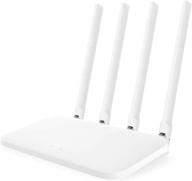
Experience Faster and More Stable Internet with Xiaomi Mi Router 4C

103 Review
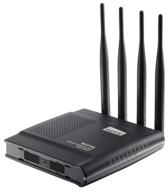
Wi-Fi router netis WF2780, black

111 Review
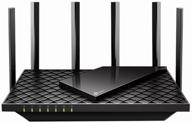
WiFi router TP-LINK Archer AX73, black

120 Review
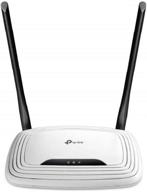
📶 Boost Your Wi-Fi Signal with TP-Link N300 Wireless Extender and Router - 2 High Power Antennas, Access Point, WISP, 300Mbps

216 Review
Another interesting products

UGREEN USB 3.0 Ethernet Adapter Hub with RJ45: Fast Gigabit Ethernet Converter, 3 Ports USB 3.0 Hub Compatible for MacBook, iMac, Surface Pro, Chromebook, Laptop, PC

11 Review
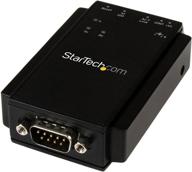
🔌 StarTech.com NETRS232 Serial to IP Ethernet Device Server - DIN Rail Mountable - Serial Device Server - Serial Over IP Device Server (Black)

4 Review
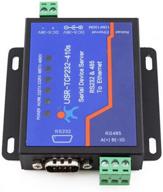
🔌 USR-TCP232-410s: RS232/RS485 Serial to Ethernet Adapter/IP Device Server with DHCP/DNS Support

4 Review
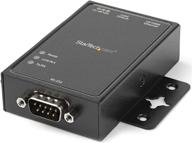
🌐 StarTech.com NETRS2321P: 1-Port RS232 to Ethernet IP Converter, Serial over IP Device Server - Black

5 Review

